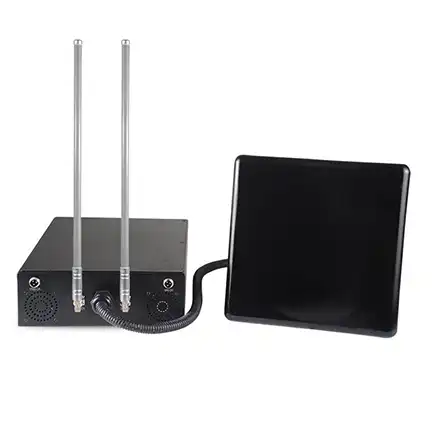The signal blocking device in the conference room generally does not interfere with the wireless microphone, mainly depending on the frequency band used by the wireless microphone. There are currently a wide variety of wireless microphones on the market, and the wireless signal transmission frequencies used by various types of wireless microphones are also different. Common ones include Bluetooth 2.4G, 450-550MHz, and 600-800MHz. In addition to the above three frequency bands, Bluetooth 2.4G is often covered by conference room phone blockers because WiFi 2.4G and Bluetooth 2.4G are in the same frequency band. Therefore, unless specified by the customer in advance, the conference room signal blocker factory defaults to covering the 2.4G frequency band. For the frequency bands 450-550MHz and 600-800MHz, the conference room signal shield generally does not cover, so it will not interfere with the wireless microphone.

Wireless microphones are susceptible to interference, noise, signal loss, and many other RF issues.
Reducing multipath interference is usually straightforward. The diversity microphone receiver aims to reduce interference caused by multipath, and now almost all professional microphone systems adopt this solution. They use two antennas with different perspectives instead of one, and adopt a switching function that distinguishes the relative strength of the two signals.
If the signal jammer interferes with the wireless microphone after testing, first determine the frequency at which the wireless microphone is used. If it is Bluetooth 2.4G, then unplug the 2.4G module power supply of the jammer. If the wireless microphone is used in the other two frequency bands, it is recommended to adjust the installation position of the signal shield in the conference room or adjust the frequency of the wireless microphone.